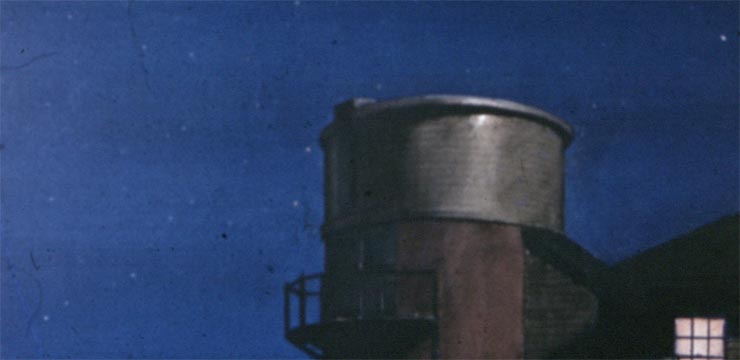January 2011
Maria Mitchell Observatory: A Century-Old Research Institution on Nantucket
David SliskiDavid Sliski currently works as an Observational Astronomer at Maria Mitchell Observatory and is presently preparing to publish, in co-authorship with other MMO researchers and students, a new method to extract emission lines using narrow-band filters and thereby better classify certain variable stars. His past work includes data analysis of the environmental channels at the LIGO gravitational wave observatories; hardware design to “squeeze” laser light used in third-generation gravitational wave detectors; spectroscopic and photometric data acquisition of the re-entry of European Space Agency’s ATV-1; work on brown dwarf surveys using SPITZER Space Telescope data; and hardware design for the OSETI project. He is also an avid amateur astronomer and proud owner of a 1860s Reinfelder and Hertle mahogany refracting telescope. A recent graduate of the University of Massachusetts, he has also served as the Director of the UMass-Amherst Orchard Hill Observatory 2008-2010, and he is a regular attendee of the annual Stellafane Convention.
Related Links


2011 Quadrantid Observing Report
Many of the 2010 meteor showers were either clouded or mooned out. That included the recent December Geminids, and locally we also got skunked on the December 21 Total Lunar Eclipse. So despite the cold (22 degrees F), an early morning appointment (7:30 am), and a “been there, done that attitude,” I decided to spend no more than an hour observing the 2011 Quadrantid meteor shower during the early morning of January 4.



